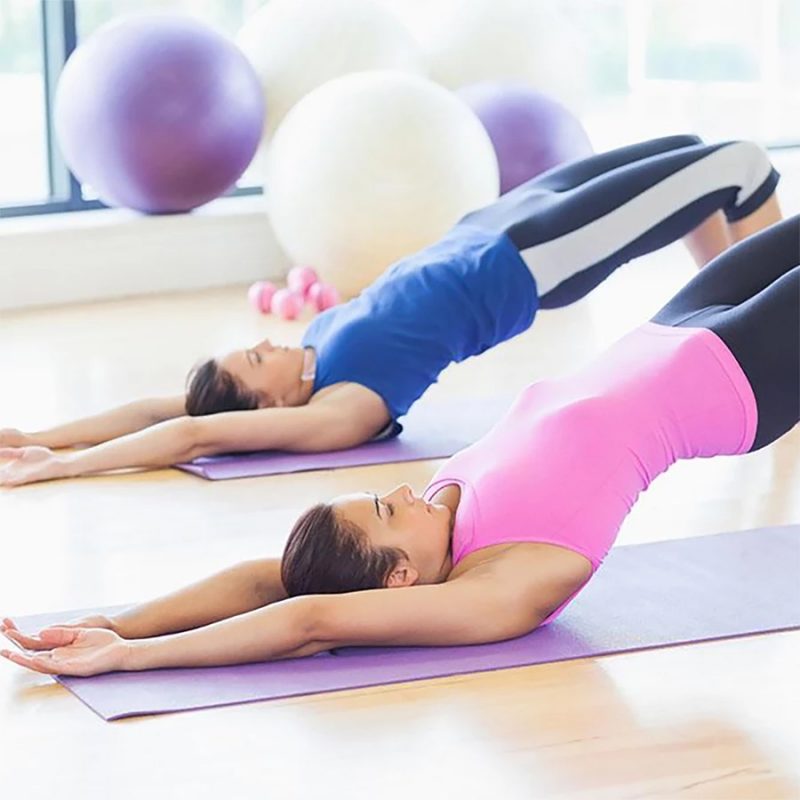Yoga Poses
3 Restorative Yoga Poses to Help Heal Trauma
The outcomes of distressing and extremely troubling memories can be devastating to our overall health and wellbeing and destructive to our emotional stability.
Regardless of the fact that traumatic warning signs in many cases are a true reaction to the experience of an unhealthy event, a stigma always exists for people who are affected. The majority are left embarrassed and pondering on how to get over the situation.
For a lot of trauma survivors memorable experiences are virtually stocked within the body. While much emphasis on healing is Focus on cognition but In an effort to deal with trauma holistically, body-oriented remedies must be initiated in order to bring focus on the feelings in the body as an approach to amass more knowledge about trauma reactions. This can help to develop the capacity to bear with and ultimately get rid of overpowering sensations.
This is why the practice of yoga is becoming a greater part of a rising body of evidence that records helpful outcomes among people suffering PTSD, from reduced heart rate, reduced blood pressure levels, improved immune performance and a decrease in depressive disorders symptoms and anxiety. More and more survivors of trauma are figuring out the restorative healing power of yoga exercise.
A restorative yoga pose features a fully covered, nurturing posture, generally carried out in a dimly lit, relaxed and tranquil atmosphere. An essential advantage of this exercise is to encourage the relaxation impulse within the body — a procedure that instructs the entire body system to get back to pre-stress levels by maintaining hormones, minimizing muscle pressure, and reducing heart and breathing pace.
Attempt these three highly effective restorative healing yoga postures for overall relief and perfect healing.
Supported Bridge
This recuperative variant on Bridge Pose is a mild inversion and considerable heart opener, designed to boost venous flow of blood to the heart as well as strengthen blood flow in the chest. You can expect to sense an in depth stretch in the flexor muscles in the fore of the pelvis and perhaps even lift your spirits.
Supported Reclining Twist
This heightened variation of a reclining twist supports body systems seeking tender backed rotation of the entire body. This makes it an ultimate restorative pose. Twists done appropriately are wonderful for the well-being and flexibility of the backbone, and forward folding motion can assist us to psychologically decreasing outer stimulus supporting us to turn inward.
Side-Lying Savasana
The susceptibility of being in traditional Savasana can often be excessive for anybody. This variance is an effective option for people attempting to become more safe and get hold of a place of extreme rest while lying down to the side, against face up. From an Ayurvedic standpoint, relaxing on your left side is generally valuable for the heart and brings about lymphatic drainage.

